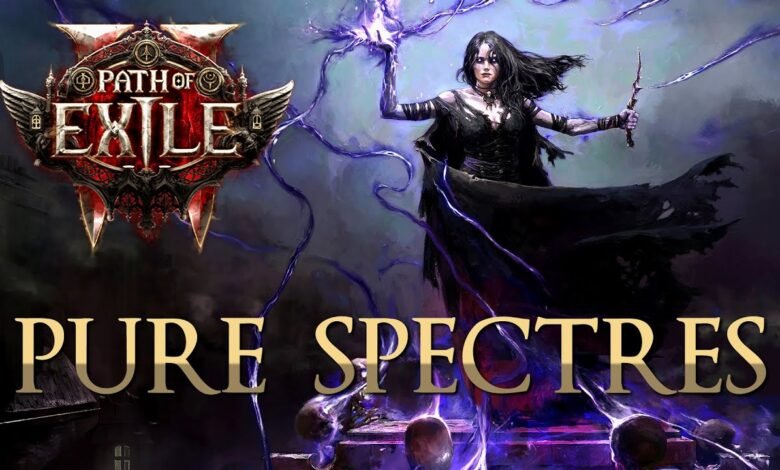Spectres — Meaning, Origins, Science & Cultural Impact

Introduction
The word spectres (also spelled specters in American English) usually brings to mind ghosts, pale figures, or the eerie feeling that someone unseen is nearby. But spectres can mean different things depending on context folklore, literature, psychology, or even science. This article explains the many faces of spectres: their origins in human culture, explanations offered by science, how they appear in art and media, and practical advice if you want to investigate a sighting or simply understand the idea better.
What are spectres?
At its simplest, a spectre is a visible or imagined appearance of a deceased person or an apparition. In folklore and everyday language, spectres represent the lingering presence of someone who has died. They may be described as translucent figures, moving lights, shadowy humanoids, or sensed presences.
Beyond folklore, the term can be used metaphorically (e.g., “the spectres of the past”), and in rare technical uses it might describe faint or ghostlike traces in scientific data. But the cultural image of spectres is primarily shaped by centuries of storytelling and religious belief.
Historical and cultural origins
Belief in spirits and apparitions is ancient and nearly universal. Early societies used spirits to explain dreams, sudden illnesses, or misfortune. Religious traditions often incorporated spirits, ancestors, and revenants. In medieval Europe, spectres appeared in writings, church teachings, and art as omens, punishers, or guides.
Literature and theater refined the image of spectres: think of Shakespeare’s ghost in Hamlet or the Victorian fascination with séances and spirit photography. Each culture has its own trope for spectres some benevolent, some malevolent, some trapped between worlds and these stories influence how people interpret ambiguous sensory experiences.
Scientific and psychological explanations
Modern science offers many natural explanations for experiences people call sightings of spectres:
-
Perception and expectation: In dim light or stressful situations, the brain fills gaps in visual input using memory and expectation. If you expect a ghost, ordinary shapes and shadows can be interpreted as one.
-
Low light and pareidolia: The tendency to see faces or figures in random patterns (pareidolia) can turn furniture, curtains, or tree branches into “figures.”
-
Hallucinations: Sleep paralysis, hypnagogic (falling asleep) and hypnopompic (waking) hallucinations, migraines, or certain medications can cause vivid visions of people or presences.
-
Infrasound: Low-frequency sound waves below the hearing range can create discomfort, anxiety, or a sense of a presence in a room; this can make natural spaces feel eerie.
-
Environmental factors: Carbon monoxide poisoning, mold, or chemical exposure can cause visual or auditory hallucinations and should be ruled out in repeated reports.
-
Optical phenomena: Reflections, lens flares, and double images on cameras can create spectral-looking images in photographs and video.
Understanding these explanations doesn’t remove the emotional weight of an experience, but it helps separate what we feel from what is likely happening physically.
Spectres in art and media
Spectres are a perennial favorite for artists, filmmakers, and writers because they embody mystery, grief, and the unknown. From gothic novels and Victorian spirit photography to modern horror films and ghost-hunting TV shows, spectres are used to explore human fears and unresolved emotions.
Popular approaches include:
-
Psychological horror: Ghosts as symbols of guilt, trauma, or memory.
-
Supernatural realism: Worlds where spectres follow rules and can be investigated or interacted with.
-
Folk horror: Local legends, haunted houses, and ancestral curses grounded in cultural beliefs.
These portrayals influence real-world expectations and sometimes the reporting of sightings a feedback loop between culture and individual perception.
Famous reported spectres and legends
Across the globe, certain spectres and ghost stories become local icons: phantom soldiers on battlefields, weeping women at bridges (Lady in White legends), and haunted houses with long oral histories. Famous literary spectres such as Dickens’s ghostly visitors in A Christmas Carol have shaped modern ghost lore and popular understanding of what a spectre “should” look or behave like.
Investigating a spectre sighting — practical steps
If you (or someone you know) report seeing a spectre and you want to investigate responsibly:
-
Check safety and health first. Ensure no one is dizzy, disoriented, or showing signs of poisoning (headache, nausea, confusion). If symptoms are present, seek medical help.
-
Document the conditions. Time, lighting, recent activity, devices running, and emotional state matter.
-
Look for environmental causes. Faulty wiring, reflective surfaces, HVAC noises, mold, or chemicals can explain many “paranormal” occurrences.
-
Avoid escalation. Suggest basic tests: turn on more lights, observe at a different time, and see whether the experience repeats.
-
Record carefully. If you use a camera or audio device, maintain a controlled setup — avoid digital zoom, clean lenses, and include reference objects for scale.
-
Respect context and beliefs. Cultural and emotional factors matter. Even if a natural explanation exists, the experience may be meaningful to the person who had it.
Why spectres matter culturally
Spectres are more than spooky stories. They give communities shared narratives about loss, justice, memory, and the unknown. Ghost stories can preserve local history, express societal anxieties, or help people process grief. Studying spectres through folklore, psychology, and environmental science gives insight into how people make meaning from ambiguous experiences.
Conclusion
Spectres sit at the intersection of culture, perception, and environment. Whether you view them as supernatural beings, reflections of memory, or misinterpreted sensory input, spectres reveal much about human imagination and the conditions under which we perceive the world. Armed with curiosity and basic investigative steps, you can approach reports of spectres with both empathy and critical thinking.
Quick FAQ
Q: Are spectre sightings ever real?
A: They are real experiences but usually have natural explanations. “Real” can mean a genuine psychological or environmental event, not necessarily a spirit.
Q: Should I call a paranormal investigator?
A: If the experience is frightening but there’s no health or safety issue, a cautious, local investigator or historian can help. Prioritize medical checks and environmental tests first.
Q: Can photographs prove a spectre?
A: Photos can be compelling but are easily explained by reflections, long exposures, or camera artifacts. Treat them as clues, not conclusive proof.



